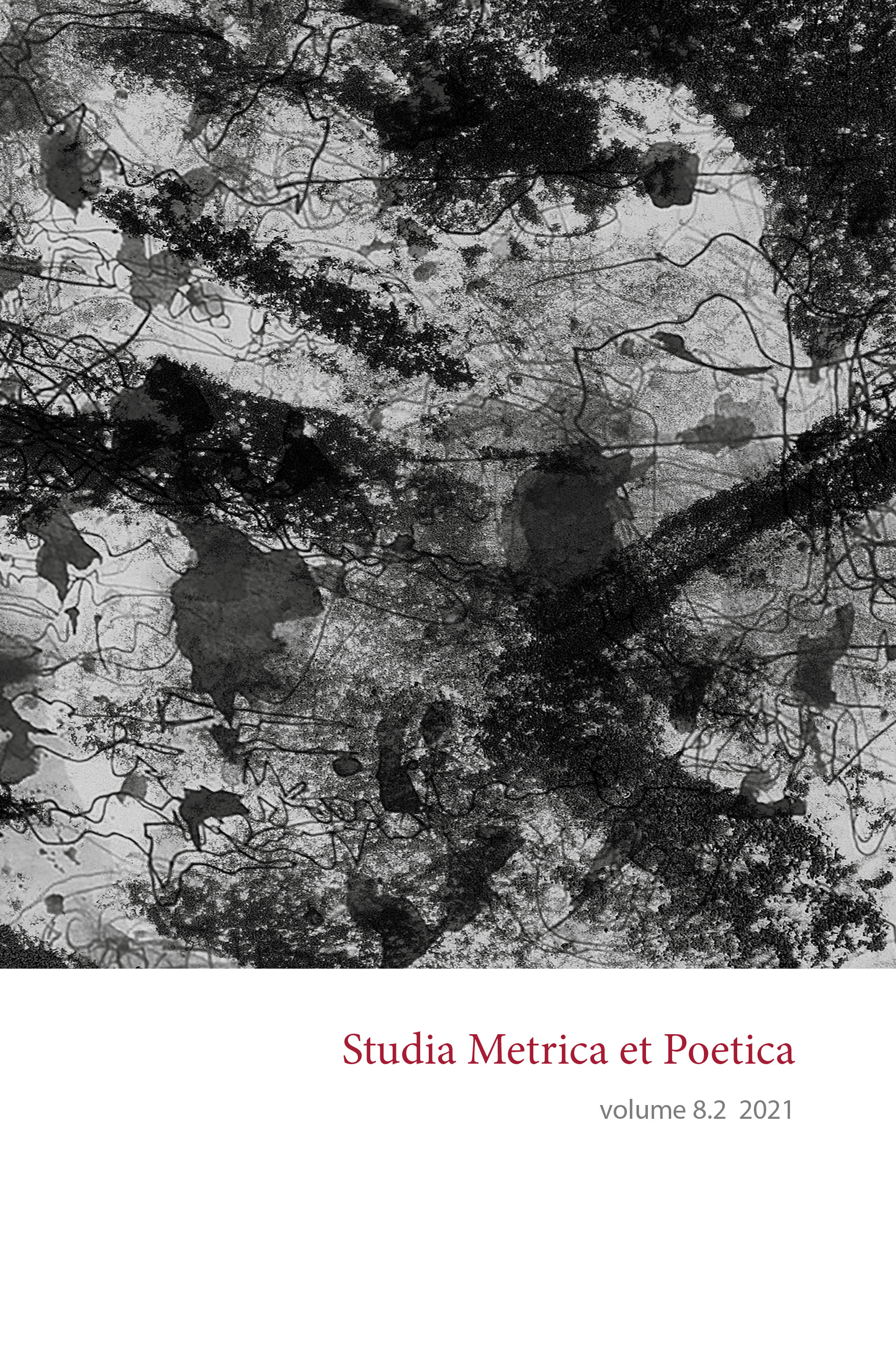The Semiotics of New Era Poetry: Estonian Instagram and Rap Poetry
DOI:
https://doi.org/10.12697/smp.2021.8.2.04Keywords:
digital literature, Instapoetry, rap poetry, poetics, semiotics of poetryAbstract
Mikhail Gasparov concludes his monograph “A History of European Versification” with the recognition that in the development of particular verse forms in each tradition of poetry, there is a permanent interaction between two types of poetry: those of oral popular and bookish culture. The forms engendered by popular culture are assimilated by bookish culture, while those engendered by literary culture descend into popular culture (Gasparov 1996: 295). Here, folk poetry represents oral popular poetry, and literary poetry represents poetry published in books. Over the last decade, and especially during the last five years, the importance of lyrical poetry as an art form in Western culture has grown precisely due to the widespread distribution of both types of poetry – oral and written. Yet oral poetry is no longer marked by folklore, and the primary medium of the written poetry is no longer books – we can see that rap poetry and digital poetry, especially Instapoetry (Instagram poetry), are increasingly occupying a central position. However, bookish poetry is also rising, thanks to the latter. The growing popularity of both subgenres of poetry is associated with the emergence of new media: the platform of the first is audio and visual media (SoundCloud, Spotify, YouTube) and of the second is textual and visual media (at first Tumblr, now primarily Twitter, Instagram, and Facebook).
This article examines attitudes and issues related to the emergence of this new era poetry and outlines its poetics from a semiotic perspective. The analysis focuses on Estonian Instagram poetry and rap, studying how these subtypes of poetry, which originate from English-speaking cultures, have emerged after a time gap in smaller literature and have changed the audience, the authors, and the meaning-making of poetry.


